Hi there, pet lovers! 🦎
Sandfish Skinks (Scincus scincus) are one of the most unique and fascinating reptiles in the pet trade. Known for their incredible ability to “swim” through sand and their comical, almost cartoonish appearance, these desert-dwelling lizards are a favorite among reptile enthusiasts. But are they the right pet for you? In this comprehensive review, we’ll explore everything you need to know about Sandfish Skinks, from their behavior and care requirements to their availability and costs. Whether you’re considering adding one to your family or just curious about these remarkable creatures, this guide will help you make an informed decision.
Overview
Sandfish Skinks are small, burrowing lizards native to the deserts of North Africa and the Middle East. They are known for their smooth, slippery scales, paddle-like feet, and their ability to glide effortlessly through sand. Here’s a quick summary of what makes them stand out:
- Handling and Temperament: Not ideal for handling; best appreciated as a “look, don’t touch” pet.
- Care and Maintenance: Low-maintenance but require specific habitat conditions.
- Health and Durability: Hardy and resilient but often wild-caught, which comes with risks.
- Availability: Widely available but mostly wild-caught; captive-bred options are rare.
- Cost: Affordable to purchase and set up.
- Overall: A unique and low-maintenance pet for experienced reptile keepers who enjoy observing rather than interacting.
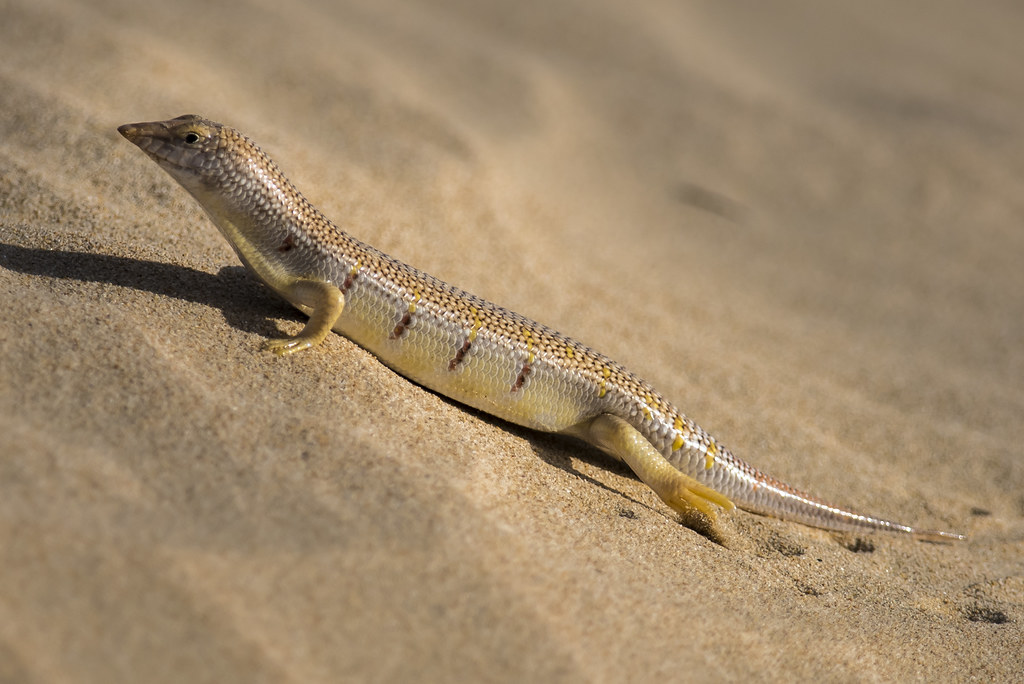
Why Choose a Sandfish Skink?
Sandfish Skinks are ideal for reptile enthusiasts who want a pet that’s both fascinating and low-maintenance. Their unique adaptations, such as their ability to “swim” through sand and their comical facial expressions, make them a joy to observe. However, they are not the best choice for those looking for a hands-on pet, as they are not built for frequent handling.
Handling and Temperament
Sandfish Skinks are not aggressive, but they are not designed for handling either. Their smooth, slippery scales and burrowing nature make them difficult to hold, and they generally prefer to be left alone.
Personality and Behavior
- Sandfish Skinks are shy and reclusive, spending most of their time buried in the sand.
- They are not social animals and do not seek interaction with humans.
- When they do emerge, their movements are quick and erratic, making them challenging to handle.
Handling Tips
- Minimal Handling: Avoid handling unless absolutely necessary. They are not a pet for frequent interaction.
- Gentle Approach: If you must handle them, be extremely gentle to avoid stressing them or causing them to drop their tail.
- Tail Loss: Like many lizards, Sandfish Skinks can drop their tails if stressed. While the tail will regenerate, it’s best to avoid situations that could cause this.
Biting
Sandfish Skinks rarely bite, and if they do, it’s usually a small, harmless nip. They are not dangerous to humans.
Care and Maintenance
Sandfish Skinks are relatively low-maintenance, but they do have specific care requirements that must be met to keep them healthy and happy.
Enclosure Setup
- Size: A 20-gallon tank is sufficient for one adult Sandfish Skink.
- Substrate: Use play sand or fine-grain sand to mimic their natural habitat. Avoid calcium sand, as it can be harmful if ingested.
- Climbing Space: Unlike arboreal species, Sandfish Skinks need floor space rather than vertical space.
- Hiding Spots: Provide plenty of hiding spots, such as rocks or cork bark, to make them feel secure.
Humidity and Temperature
- Temperature: Maintain a basking spot of 90-95°F and an ambient temperature of 75-85°F. Use a heat lamp or under-tank heater to achieve this.
- Humidity: Keep humidity levels low, as these lizards are adapted to arid environments. A shallow water dish is sufficient for hydration.
Feeding
- Diet: Sandfish Skinks are insectivores and thrive on a diet of crickets, dubia roaches, mealworms, and other small feeder insects.
- Supplements: Dust their food with calcium and vitamin supplements to ensure proper nutrition.
- Feeding Schedule: Offer food 3-4 times a week, adjusting portion sizes based on their appetite.
Lighting
- UVB Lighting: While not strictly necessary, providing low-level UVB lighting can benefit their overall health.

Health and Durability
Sandfish Skinks are hardy and resilient, but their health can be compromised if their care requirements are not met.
Common Health Issues
- Parasites: Wild-caught individuals often carry internal parasites, so a vet check-up is recommended.
- Dehydration: Ensure they have access to a shallow water dish and monitor humidity levels.
- Tail Loss: While not life-threatening, tail loss is a sign of stress and should be avoided.
Preventative Care
- Maintain proper temperature and humidity levels.
- Provide a balanced diet and clean water.
- Handle them gently and minimally to avoid stress.
With proper care, Sandfish Skinks can live up to 10 years in captivity.
Availability and Cost
Sandfish Skinks are widely available but are mostly wild-caught, which raises ethical and sustainability concerns.
Where to Buy
- Breeders: Captive-bred Sandfish Skinks are rare but the best option for health and ethical reasons.
- Reptile Expos: A good place to find Sandfish Skinks, but ensure they are sourced responsibly.
- Pet Stores: Some stores carry Sandfish Skinks, but they are often wild-caught.
Cost
- Skink Price: $20 to $50 for wild-caught individuals; captive-bred skinks may cost more.
- Setup Cost: Around $100 to $200 for a basic enclosure, heating, and lighting.
Pros and Cons
Pros
- Unique and fascinating behavior.
- Low-maintenance compared to other reptiles.
- Affordable to purchase and care for.
- Hardy and resilient once acclimated.
Cons
- Not suitable for handling or interaction.
- Mostly wild-caught, which raises ethical concerns.
- Requires specific habitat conditions.
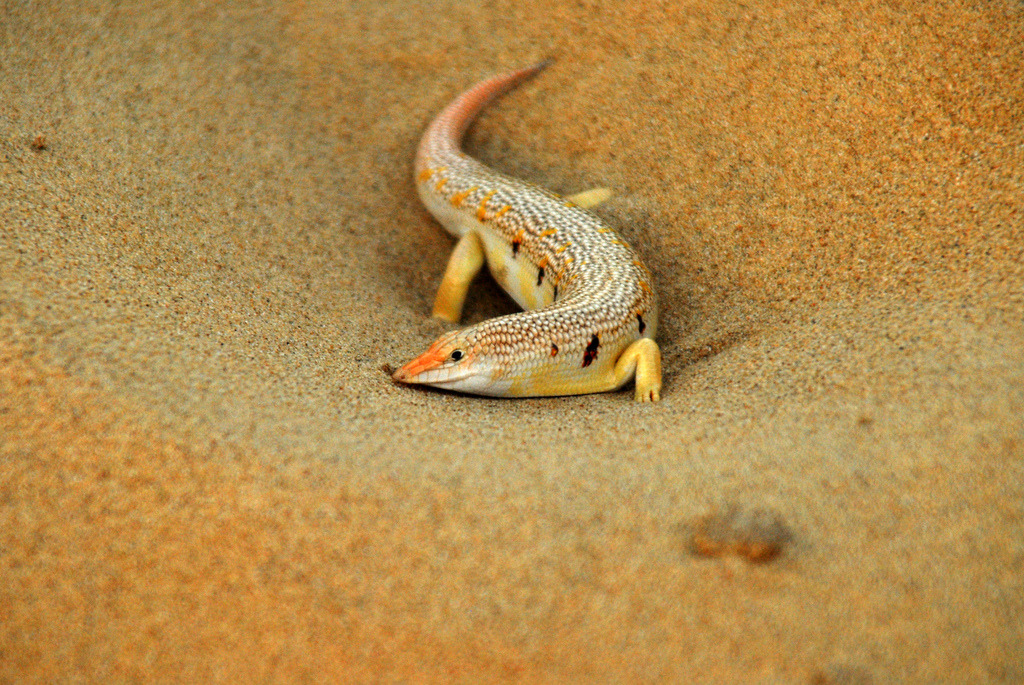
Final Thoughts
Sandfish Skinks are a fantastic choice for experienced reptile keepers who appreciate their unique adaptations and low-maintenance care. While they are not ideal for handling, their fascinating behavior and comical appearance make them a joy to observe. If you’re considering a Sandfish Skink, we recommend seeking out captive-bred individuals to support ethical practices in the reptile trade.
Have you owned a Sandfish Skink? Share your experiences and tips in the comments below! We’d love to hear how you care for your skink and what makes them special to you.
For more reptile care tips and reviews, stay tuned to our blog and don’t forget to subscribe to our newsletter! 🦎

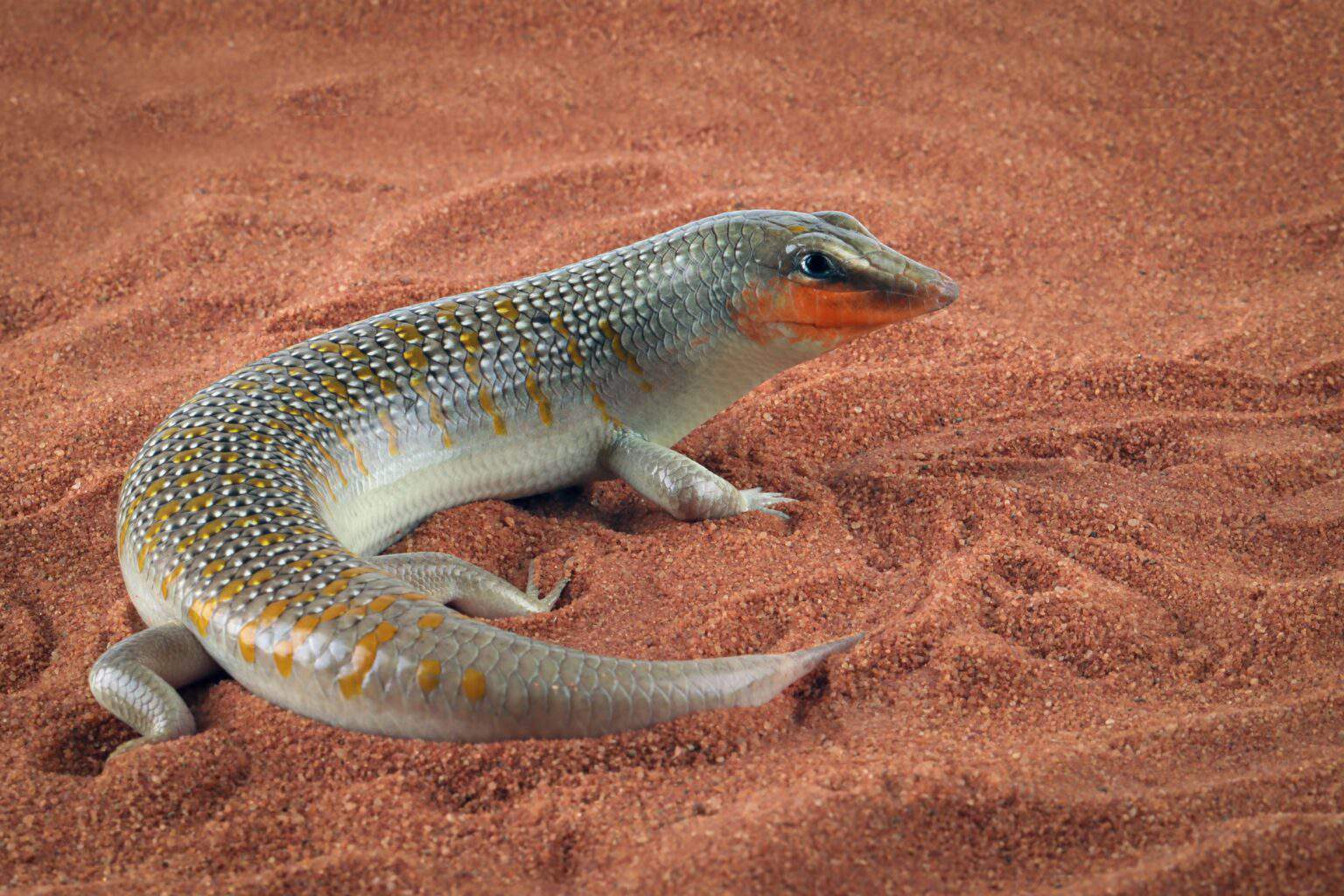

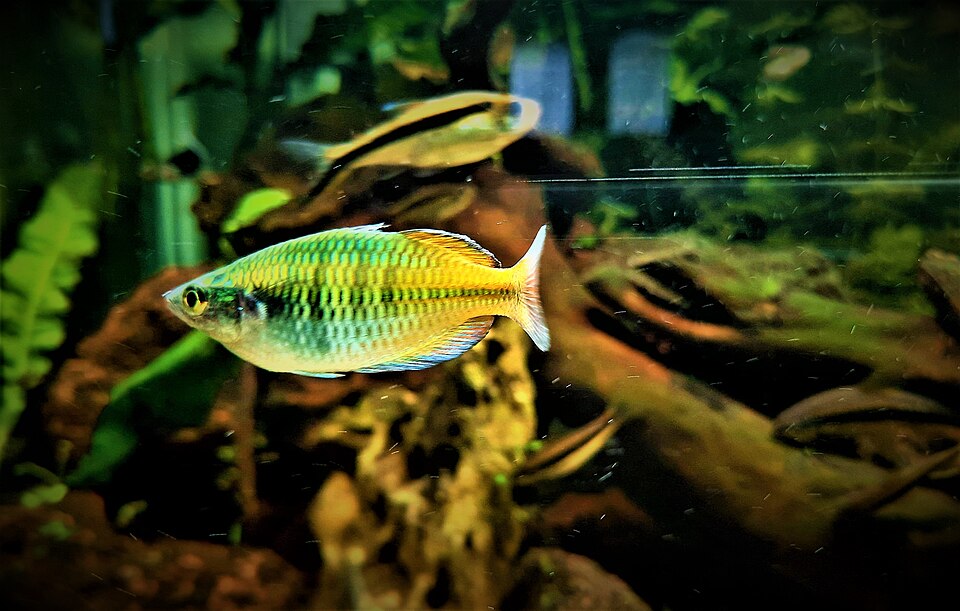
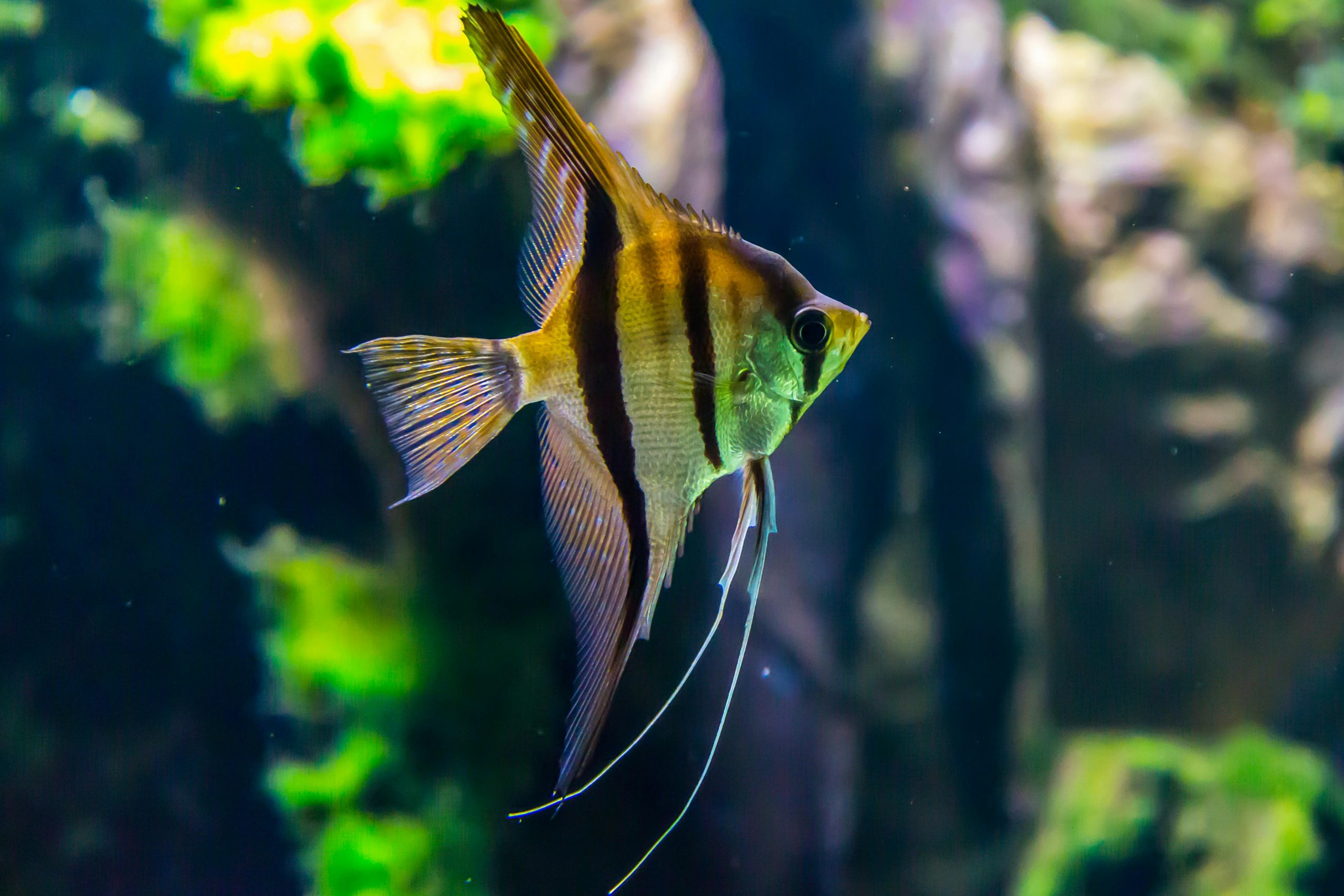
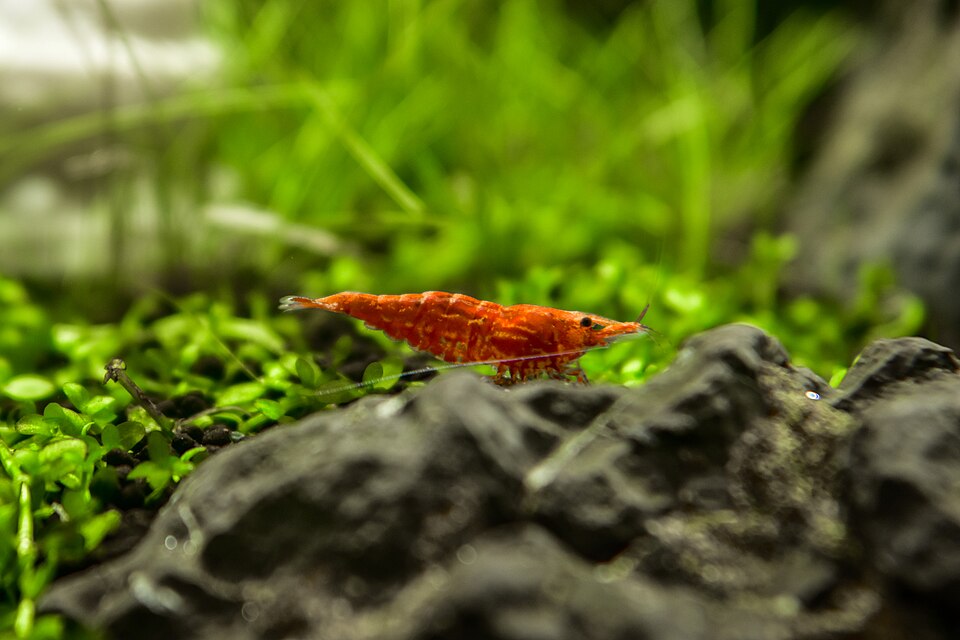

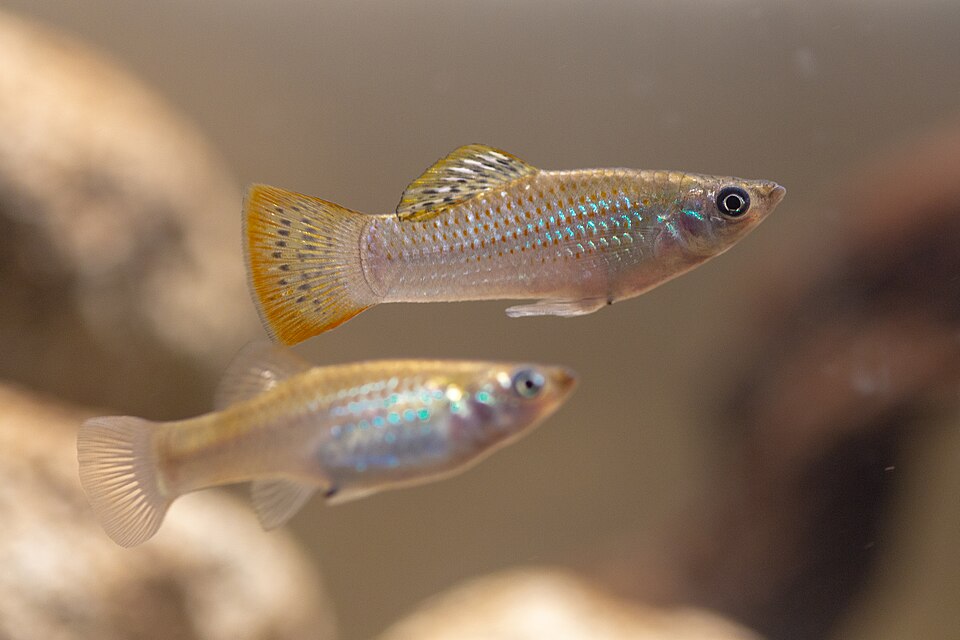
Leave a Reply